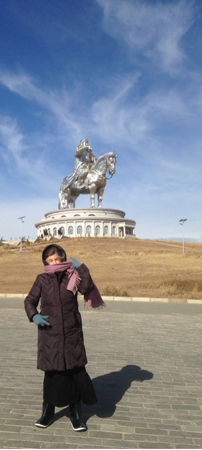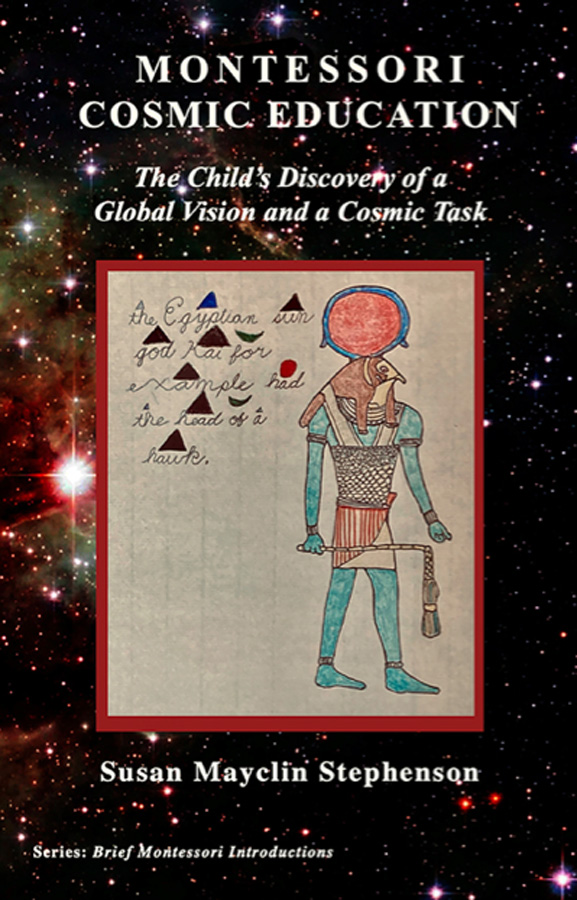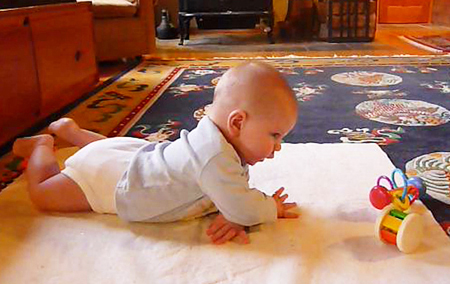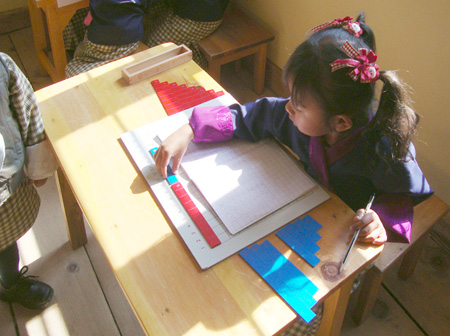 |
COSMIC EDUCATION
|
|---|
This book is now available
Here is the link to all "Montessori First Books" and the series "Brief Montessori Introductions: Susan Mayclin Stephenson tackles a large subject, Cosmic Education, which Montessori defined as a “unifying global and universal view[s] of the past, present and future.” Stephenson takes the reader from birth to the end of the elementary age with examples of how the child grows into an understanding of Cosmic Education through their experiences at home and at school. Central to her thesis is the theme of discovering one’s cosmic task, which depends on “fostering…curiosity and compassion toward other beings.” Stephenson concludes with examples from around the world and illustrates how children are born with this tendency toward compassion and how it is experienced from birth through age twelve within Montessori environments. COSMIC EDUCATION, The word cosmic today usually means something very large or having to do with the universe. But the word comes from the Greek kosmikos, from kosmos, meaning order. The term Cosmic Education in Montessori lingo refers to a child's gradual discovery of order, a unifying global and universal view of the past, present, and future. It is the coming together of many components of knowledge into a large vision or realization, as in a mosaic, of the interdependence of elements of the solar system, the Earth, planets and animals, and humankind. The character of our time is sometimes referred as the information age; today’s children are bombarded with facts and information with no way to make sense or bring this information into some kind of order. Cosmic Education helps a child make sense of all the information and is more important today than ever before. Learning about the World
The world at first is the home. From the first days of life, a child is exploring the world around him, through sight, sound, smell, taste, and touch. This curiosity is a strong urge throughout life if protected and nurtured. Since the beginning of the assistants to infancy program in Rome in 1947, parents have been guided in preparing an environment that supports and feeds this curiosity. It is suggested that the environment of the child not be changed during the first year of life if possible. The child is exploring the order of this environment, his first world, visually from day one, and the drive to move toward objects and explore them in other ways, make sense of them, and there is a strong impetus to learn to crawl, stand, and walk.
Age 3-6 Years The child’s world at this age moves from the family to the primary class. The world is brought into the class rather than the child taken out into the world at this age. We do not believe in pushing a child toward early intellectual studies, however if presented correctly, young children show an amazing interest in a wide range of subjects, something that can be hard to believe. I learned this the hard way. One year, in my work as a Montessori assistant to infancy, I was consulting with a mother from South Africa about the care of her newborn. As we talked more and more about the Montessori principles behind what I was sharing with her, she asked if it would be possible for her to observe in a Montessori class. I set up an observation with the local AMI primary class and agreed to meet with her the next morning to discuss what she saw. |
|
Newsletters announcing books #13 Book, Child of the World: Montessori, Global Education for Age 3-12+, March 2013 #23 Book, Montessori and Mindfulness, November 2017 #25 Book, The Red Corolla, Montessori Cosmic Education (preparation in the 3-6 class), June 2019 Other Newsletters of interest
|
|


